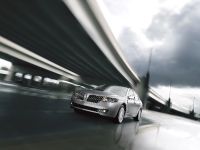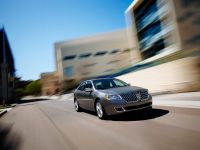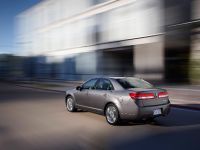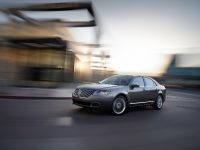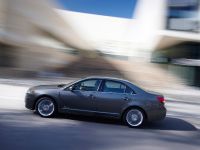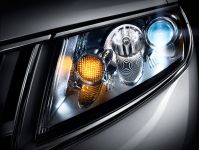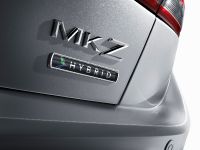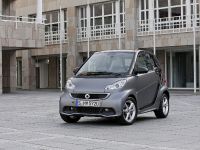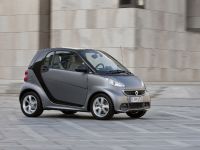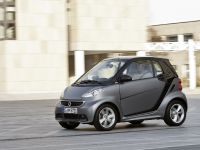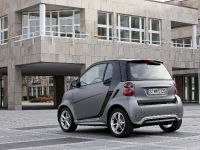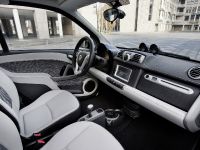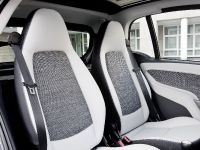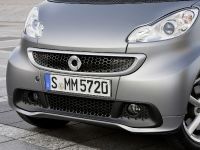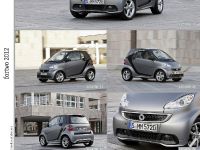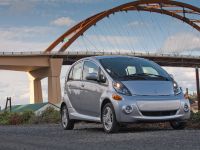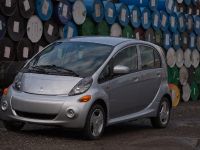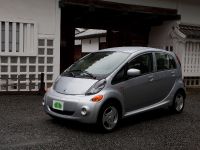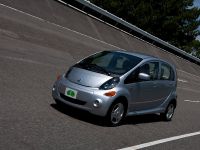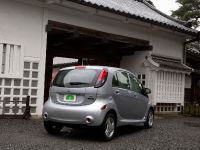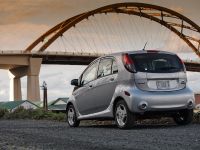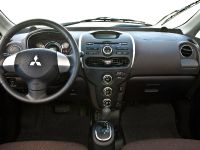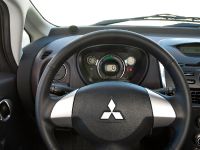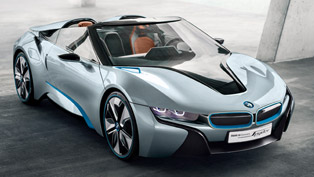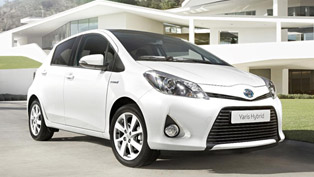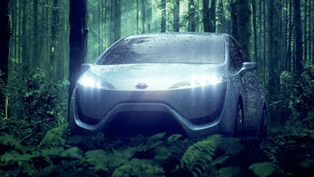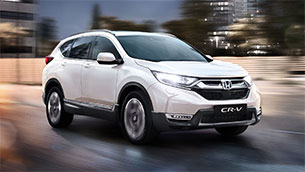Fuel efficiency and ways to achieve it
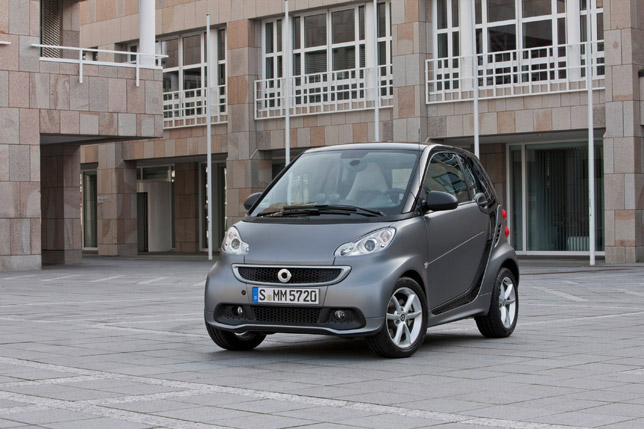
With the prices of the petrol rising, I assume that is a good idea to explore some ways on how one can drive any car more fuel-efficiently. The question here is whether it possible for everybody to save money on gasoline, depending on the car they are driving.
Well, believe it or not, the answer is obviously yes. And now is the perfect moment to know how to do this, if you aren't already aware about it.
The only thing you have to do is to be smart about what makes your car consume more fuel. And this is exactly what I am going to discuss below, offering some practical ways which will save you some money.
Nowadays we have a lot of examples of cars, which are extremely fuel efficient, such as Ford Fiesta, Hyundai Elantra, Volkswagen Golf TDI, Smart for two, etc.
In addition, on the market there are a lot of Hybrid technologies and Electric vehicles, which can significantly be beneficial in terms of fuel efficiency. Here are some suggestions: Toyota Prius Hybrid, Mitsubishi MiEV, Lincoln MKZ Hybrid, Nissan LEAF, etc.
However, not everybody can afford buying an expensive new Plug-In Hybrid in order to make this crucial shift in fuel economy. So this is why I think it is advantageous for everyone to know what little adjustments to the present vehicle we have, will make it consume less gasoline.
First and foremost, you should always drive mindfully. Driving mindfully can make your ride more enjoyable and safer. In addition to this, it is important to know that what I call "compulsive driving" – speeding up very fast and braking suddenly – is actually very expensive, because this style of driving demands a lot of gasoline consumption.
Therefore what you can do is to be aware of how you actually drive, and start accelerating carefully as well as braking in the same manner. In fact, keeping up with the ease off the gas pedal and accelerating with moderate throttle makes the engines more efficient.
Secondly, an important fact is of course the speed of driving. Studies show that the most fuel-efficient speed is around 55 mph/ 90 km/h.
Thirdly, what really matters is how much your car weights. What I mean is that the lighter it is the more efficiently it works. It is "simple" physics, according to which, weight is among the major causes of kinetic energy loss. For instance if your car is 45 kg (ca. 100 pounds) lighter it will save you from fuel consumption by one or two percent.
What you can basically do is to get rid of things in the car which you don't use frequently and won't need in case of an emergency.
Next, it is important to highlight that efficiency can be found where there are improved aerodynamics. Reducing drag is crucial for how much your vehicle consumes.
Moreover, if you utilize gasoline with the lowest octane level (in short, this is the standard measure of the performance of a motor), then you can save a lot of money without making compromises with the performance of your vehicle.
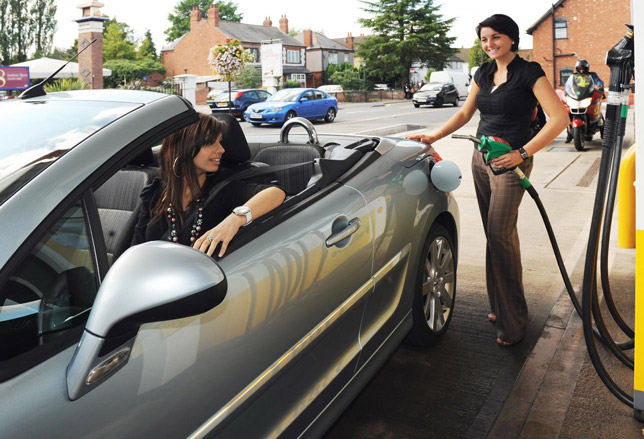
Furthermore, I am going to suggest something very simple, which can result in a lot of savings. If you are planning your trips wisely and spend few minutes on contemplating where you should go, before getting in the car, then you can drive less and save from driving on the same way several times.
Did you asked yourself recently about the condition of your car? Because if you don't, I have some news for you! The maintenance and fuel efficiency go together. One of the best ways to keep the fuel efficiency high is to keep your vehicle always "in shape".
For instance, on of the most important factors which affect the car's gasoline consumption is the oil. Indeed, it is a crucial element in minimizing the wear made by the friction of the moving parts in the engine. The key to most efficiently performance is the oil to be as clean as possible. So, it is important to remember when the time to change the oil is.
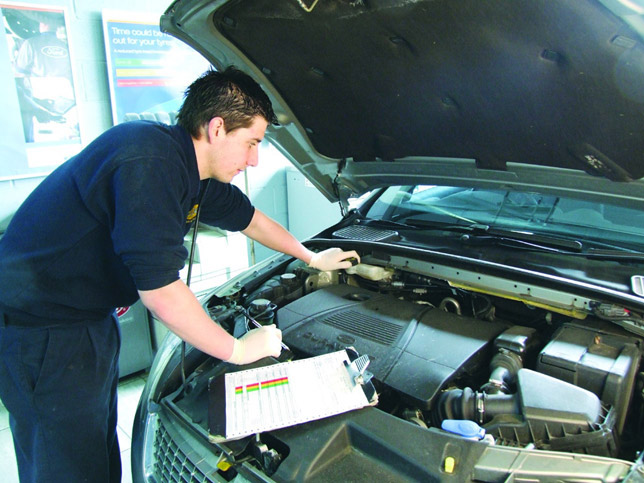
In addition to this it is also substantial to use the right grade of motor oil. This little detail will not only improve your efficiency but also keep your car running effortlessly. For example, if you are utilizing synthetic oil instead of the regular one, this will save you around five percent on gasoline. Other advantageous change that you can make is to inflate the tires of your car properly. As I've said already – it is all about keeping your car in shape. This means that if you are driving without properly inflated tires, your car surely uses more fuel to run. In particular, the air pressure in your tires should be at the manufacturer's recommended levels.
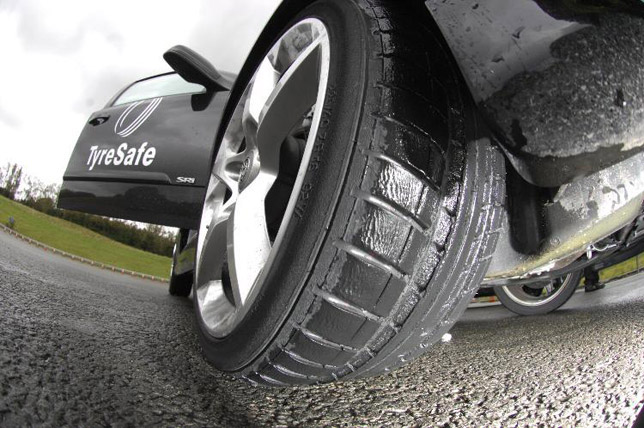
At last, but not least I will remind you an interesting fact. Did you know that if you park on shade or use a garage, then your fuel consumption will be lower? Yes, staying under the sun makes your fuel evaporate easier and thus making it far more expensive for you.
Making some adjustments to your vehicle and changing your driving habits will definitely reduce the amount of fuel you put in your gas tank. So make a conscious effort to apply some of the suggested changes, and you'll definitely benefit in terms of fuel consumption and money savings.
